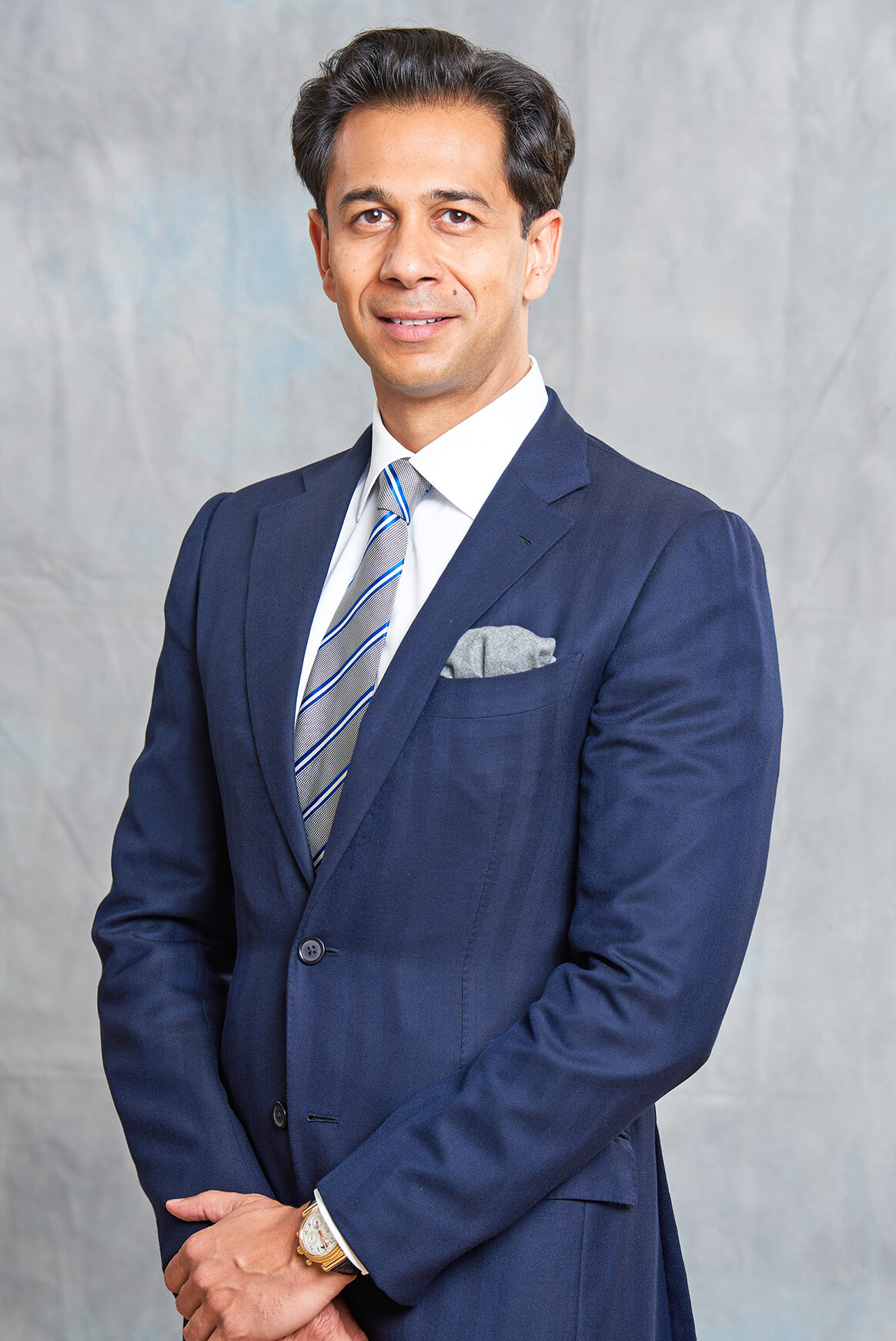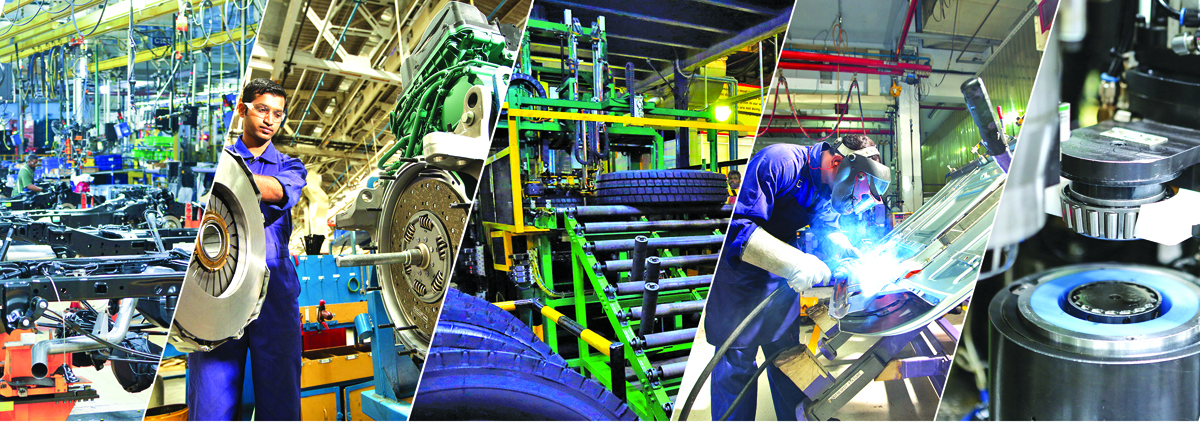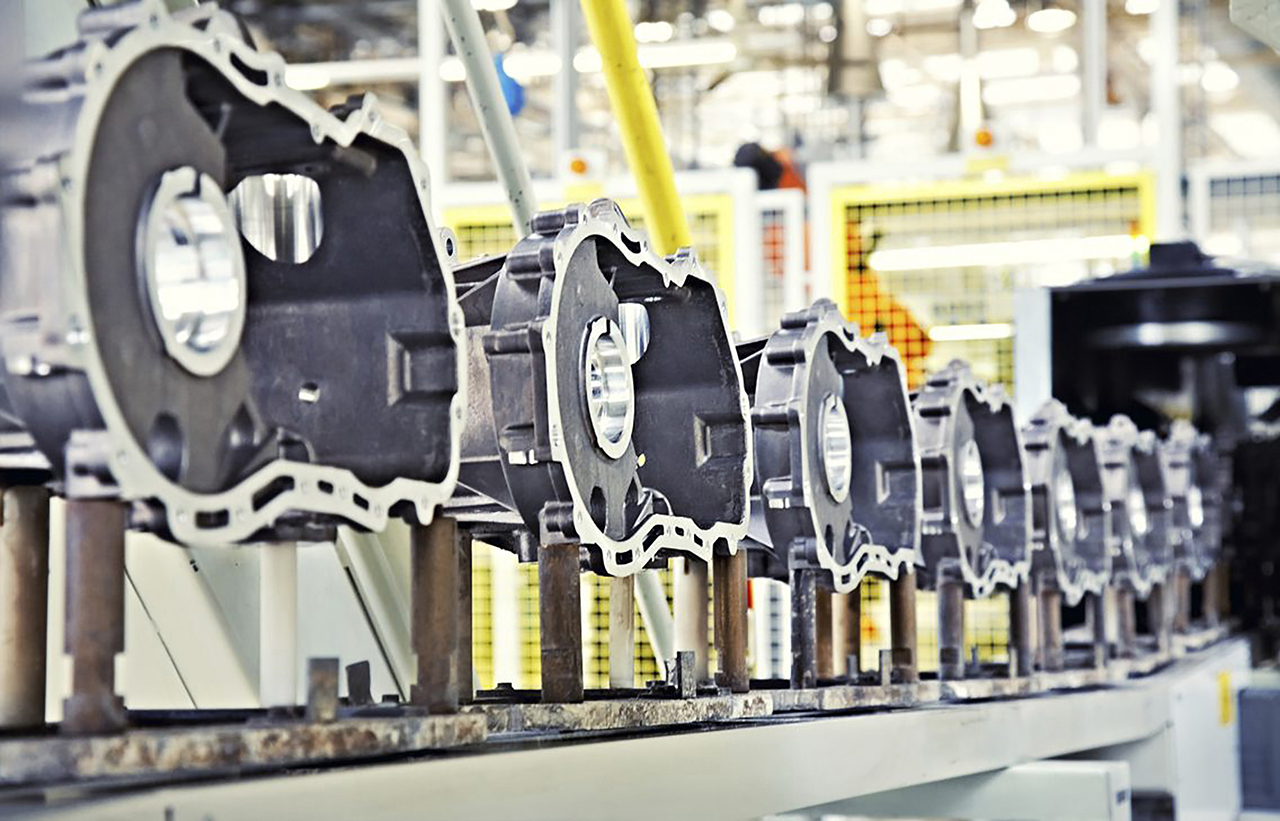Aptly themed ‘Living with Volatility – Survival, Revival & Growth’, the 61st annual session of ACMA witnessed the auto component fraternity warming up to positive trends in the market. In an exclusive chat post the session with Deepak Jain, Outgoing President, ACMA, N. Balasubramanian gathers that the industry, though cautiously optimistic, is working furiously towards acing the positive trends steadily showing post-COVID pandemic, especially since being aided by the positive thrusts coming from the central government.

Excerpts from the interview:
What do you feel is the mood currently in the auto fraternity, considering since June there have been some green shoots?
The industry is cautiously optimistic because the nature of this industry and the ecosystem being so volatile. We are actually surviving the volatile situation, yet looking at opportunities to grow, and also reviving. In the immediate future, these aspects will continue to hold true. There is much optimism also, for the component sector specifically. The positive messaging by the policymakers and the concerned Minister is helpful. Although we are aware of the current challenges being faced by the industry, there is much optimism in the future. We are bracing for more disruptive times because with disruption come multiple opportunities for growth.
How does the rest of the current financial year look like to you with the assumption that there will be no 3rd wave of COVID?
Considering certain macro parameters at play for the overall industry, we have good monsoons, besides, there is the assumption that another wave of COVID may not really happen. We are also looking forward to a good festive season. There is infrastructure spending being announced. The downside is the shortage of semiconductors globally. There are escalations in commodity prices. In all, it feels like a mixed bag, and hence difficult to answer on how much potential we are looking at. In my opinion, if we inch towards a double-digit growth – between 10 and 15% – it would be healthy.
What do you think have been the major learnings post the 1st and the 2nd wave of COVID? How effectively do you think the learnings have been translated into action by the suppliers?
The learnings have been truly about how to become more resilient. Business continuity, and the risk enterprise model have changed completely. One of the biggest learnings also has been that people safety is most crucial – not that of the product, or of the company. The pandemic has revealed the vulnerabilities of the nation, and of the industry, and definitely of the supply chain at a global level. And that is where we have to reconstitute ourselves with a different mindset to understand how with risk, business continuity can happen. That is where we must compliment the whole ecosystem which has proven itself to be resilient and remarkable, including the government support to supply chain, especially. There was successful collaboration between the OEMs and the supply chain partners in making COVID protocols, in making sure the workforce and the shopfloor were safe, besides ensuring the vaccination drives, and we continue to do so.
We must also mention the whole digital transformation. As a manufacturing sector, we all have digital plans, but I think COVID gave us the wakeup call and digitization truly impacted the whole nation, as well as the industry. Going forward, the learnings should basically sustain, specifically on the collaborative model. We concurrently have the ‘survival, revival and growth’ motto play in this whole era of disruption.

How are the export trends, especially after BS-VI which has opened up many new opportunities?
Industry heads agree that we should not remain satisfied with 20-30% incremental exports. Fact is that India’s stand is miniscule when it comes to the global value chain. And that is where the opportunity for the component sector lies which I think is committed to make us a net exporter as against how India has traditionally been a net importer. We need to have a two-pronged strategy to keep seeing the bigger picture to ensure that we are doing exports. Roughly 65% of exports is actually to the US and Europe. And the quality challenge is definitely put to rest because we have established that our auto component sector offers world class quality. We need to move up the value chain and to ensure that as brand India, as a component sector, we are able to add value to our customers globally.
How do you think COVID has impacted the trade war between China and India? Do you think there is an increased trust in India versus China?
Both economies have their own roles to play and also in the global value chain. It will not be a fair comparison between China and India going by the scale where China plays at. The global supply chains will always go to the region which offers maximum competitiveness. And that is why India must opt for a single-minded focus to enhance the competitiveness – be it through quality, cost, or through technology. The world over OEMs, and supply chains have realized during the pandemic is that how overdependent we are on one region. And that is what is leading to efforts towards risk mitigation which enables opportunities being spread to other regions – India included – where India has to compete with other regions to grab this opportunity. I think there is definitely export enhancement yet we need to do much more to focus on promoting them.
What is your outlook on the growth of the mobility space in India in the short to medium term?
Our policymakers know that EV is inevitable and that as an industry, we must embrace it so that we can lead in the EV revolution. ACMA firmly believes that India as a market is technology-agnostic. There are different technologies, especially future technologies, which will play in India concurrently. But affordability is a crucial aspect. Our auto component competitiveness is primarily driven with a single-minded agenda on how to meet customer needs and expectations. It is the customer who defines the quality, delivery, sustainability, and the technology parameters. As an auto component fraternity, we welcome all technologies – including EVs – while we create more value addition in India. But we must ensure that the industry is given adequate time to localize these technologies in India, through various routes. If we are able to do it, we will have a flourishing ecosystem.
What about EV components? How self-sufficient is our supply chain locally to actually cater to EVs made in India?
If we are talking about the minerals or the raw material that goes into battery making then we know that India is not self-sufficient. As for the components, there are 3-4 types such as the mechanical, electrical and electronic components. And I think there is definitely competence which is building within the framework of the Indian supply chain partners to actually invest in these. Now, the conundrum is that there is low scale, and hence investment is an issue and this is where the start-ups and the risk takers may lay more bets. There has to be a collaborative model to incentivize the industry to take these risks, so that we have a solid demand and a stable technology roadmap. This can ensure that whatever investments are done for localization, especially on new technologies, there is also proper return on investment which is coming through. Also, the component suppliers need to reinvent themselves because EVs will most certainly disrupt some of our businesses.
ACMA is in the process of redefining itself for the future. ACMA has a structured way to engage with new age mobility players – be they EV players, those deal in telematics and data management, or even the start-ups. We are looking at an inclusiveness because the component supply chain will be now restructured and redefined given the incoming advanced technologies.

Looking into the future, what do you see as the key growth driver for the component industry in the next couple of financial years? And how do you think suppliers should be preparing for this growth?
The component industry is multi-dimensional. There is the domestic industry, export opportunity, and also the aftermarket and all three are concurrently changing. The domestic industry, in the future, will see a stable and a sustainable growth even on the current platforms such as the IC engines, and there is also whole new technology which is coming in. This offers a growth opportunity for us to reinvent ourselves.
And talking about new technologies, the area of localization will also need heavy investments. It means that this is an opportunity to move beyond the value chain. Then, regarding exports we have an agenda and potential wherein the industry must focus on building its export competitiveness. And lastly, the aftermarket. With the scrappage policy coming in, it takes shape in the future, when basically there will be new mobility solutions, the car park will expand. I think there are enough different ways to grow. The industry needs to be careful about being financially prudent and continue on a single-agenda to keep enhancing the competitiveness so that it can explore all growth opportunities.